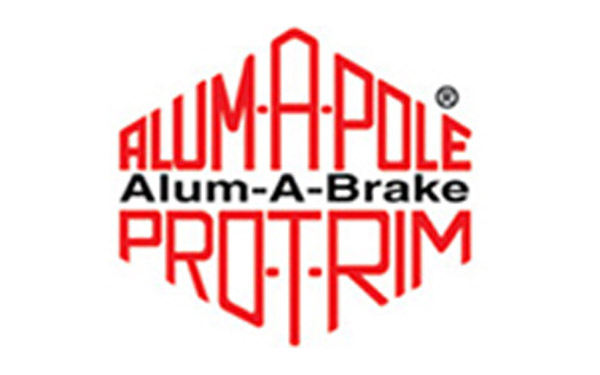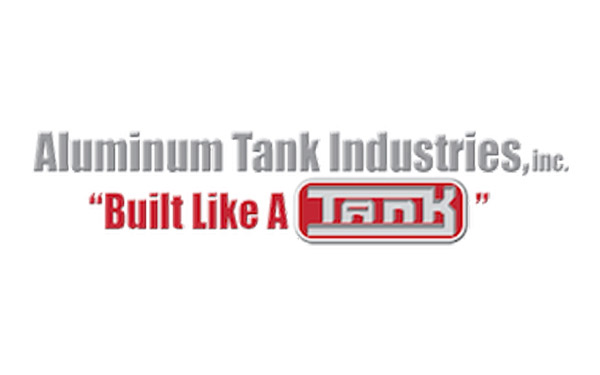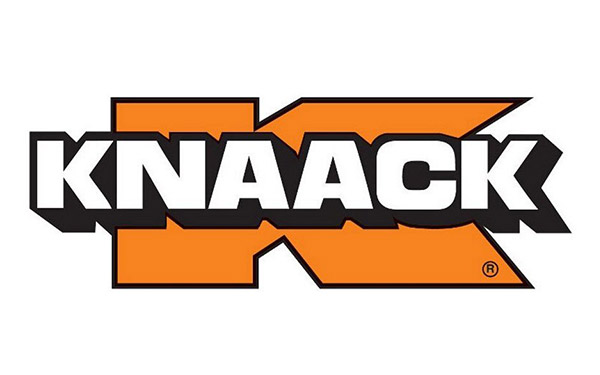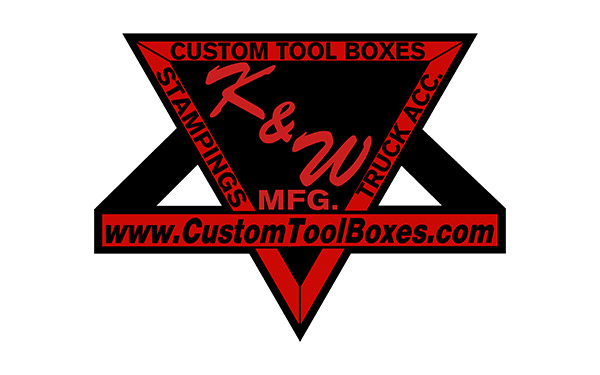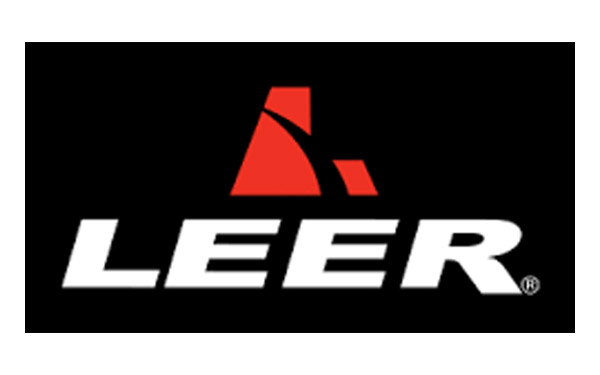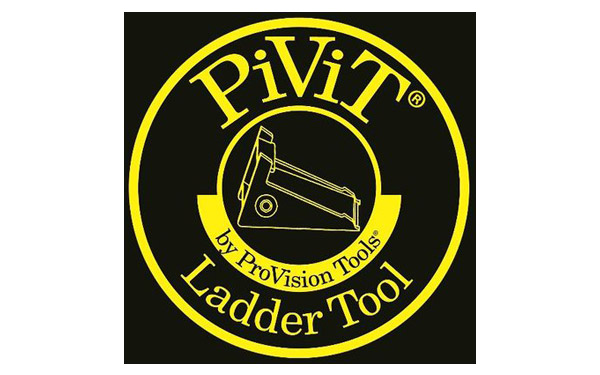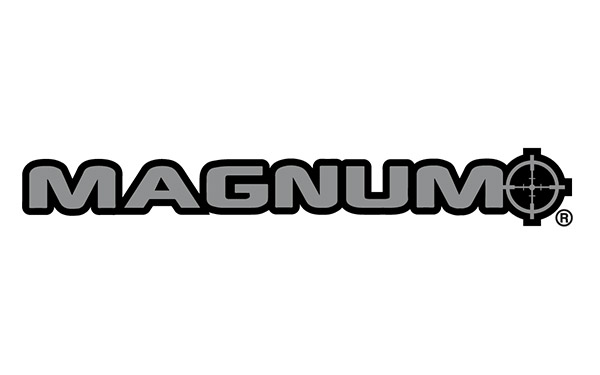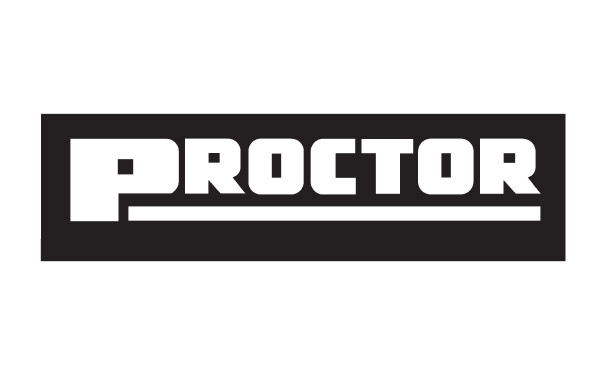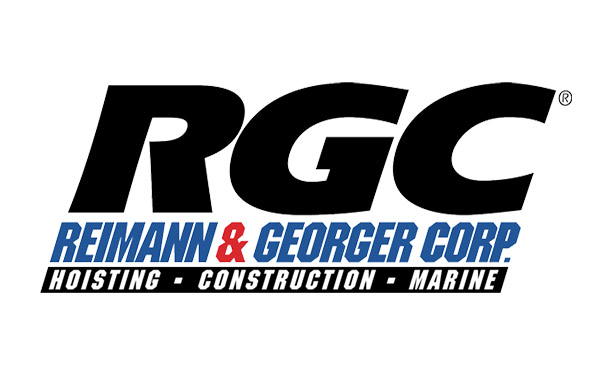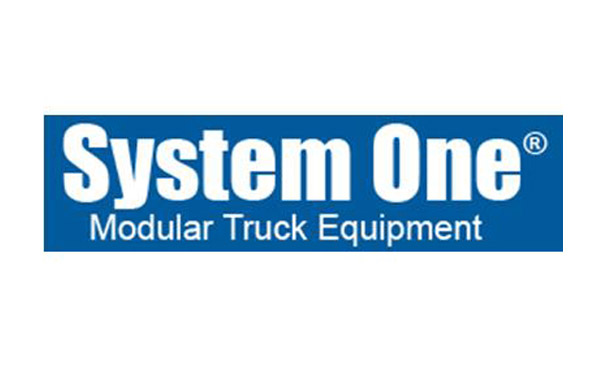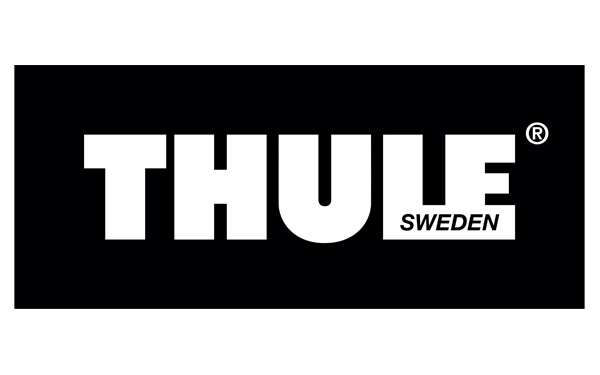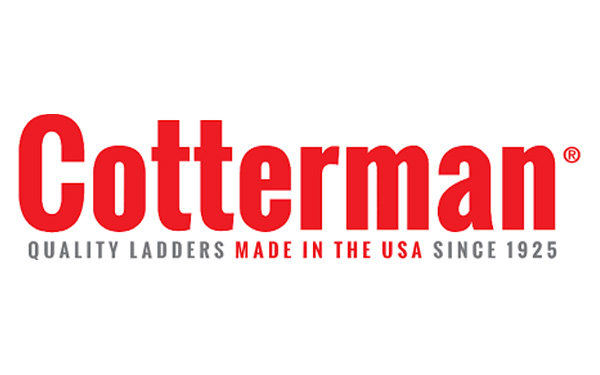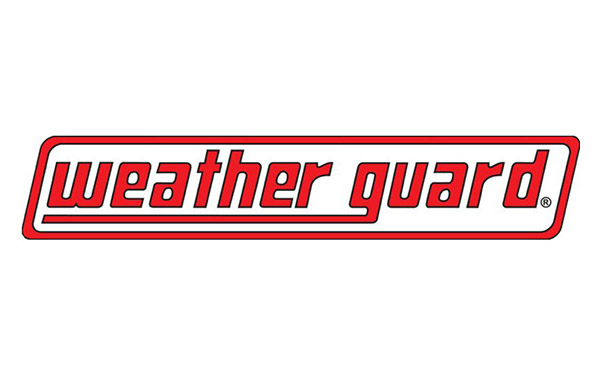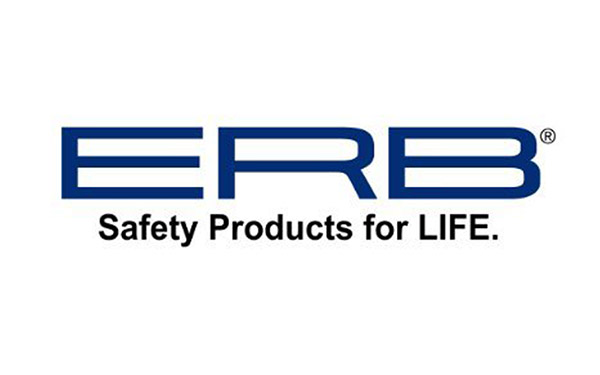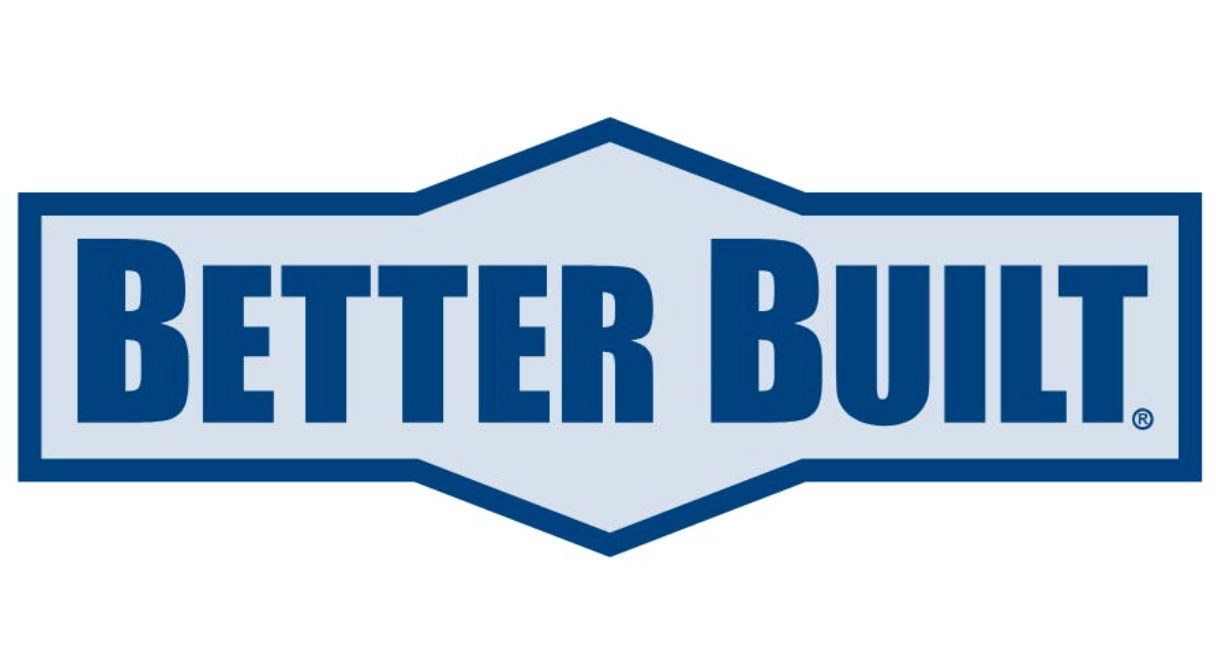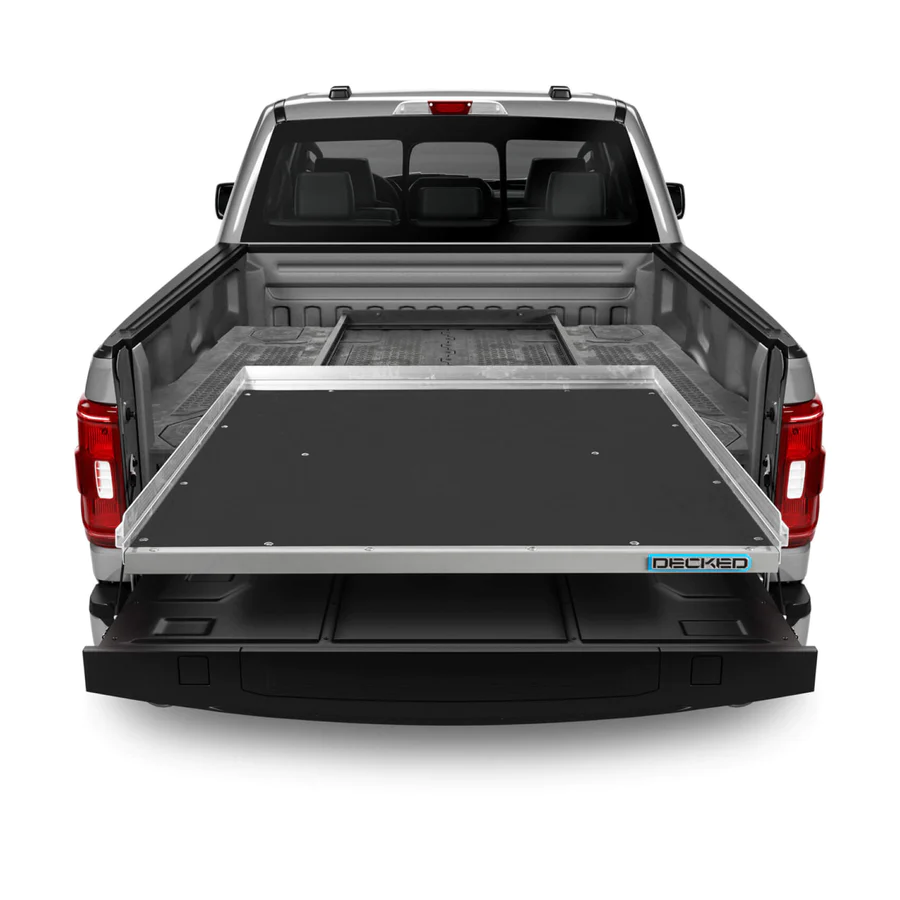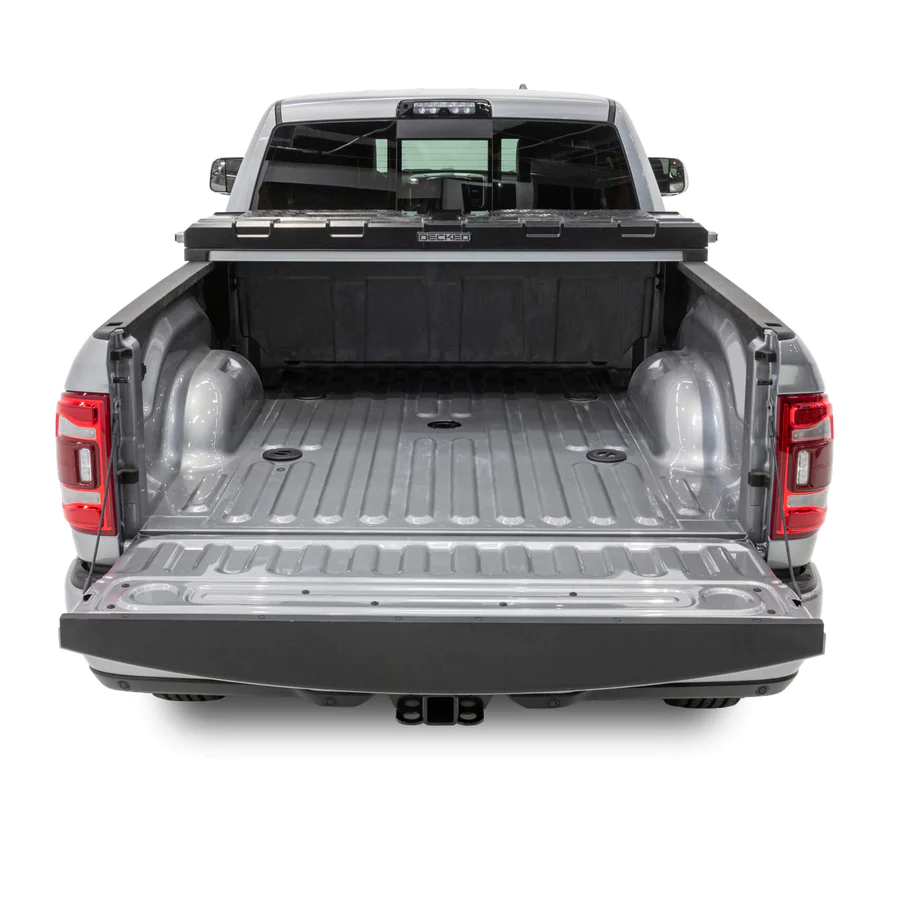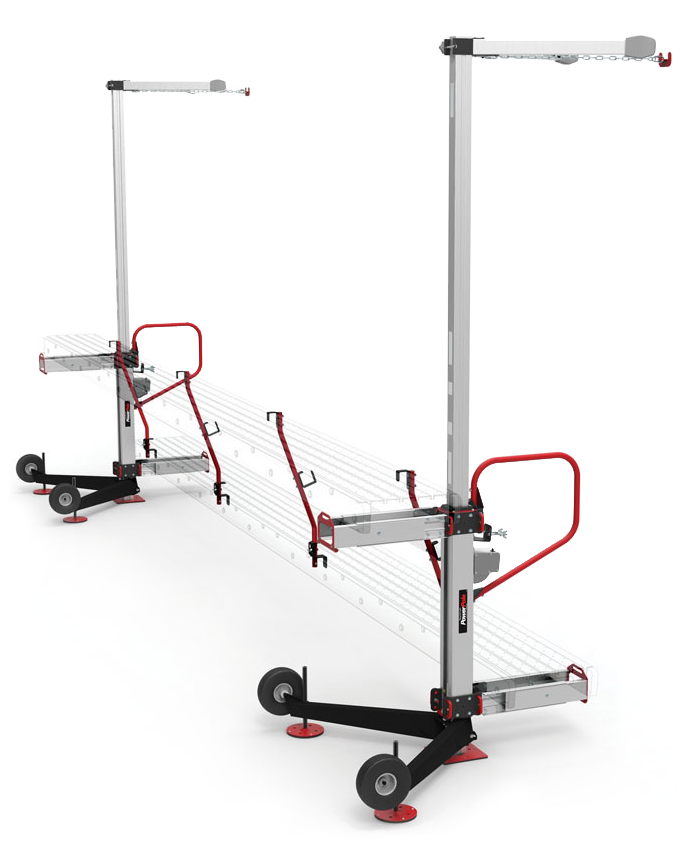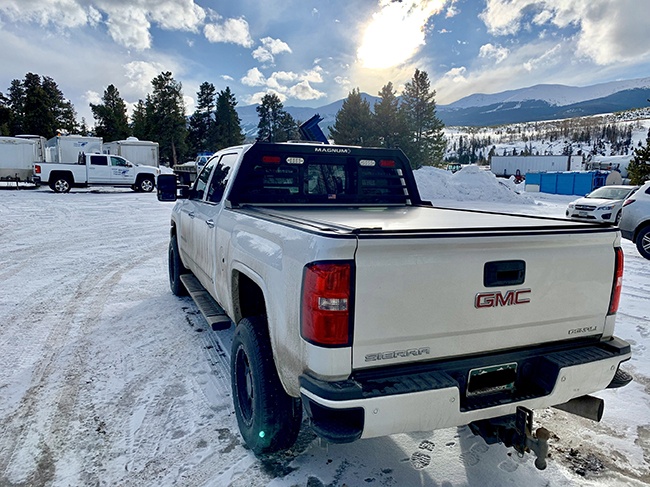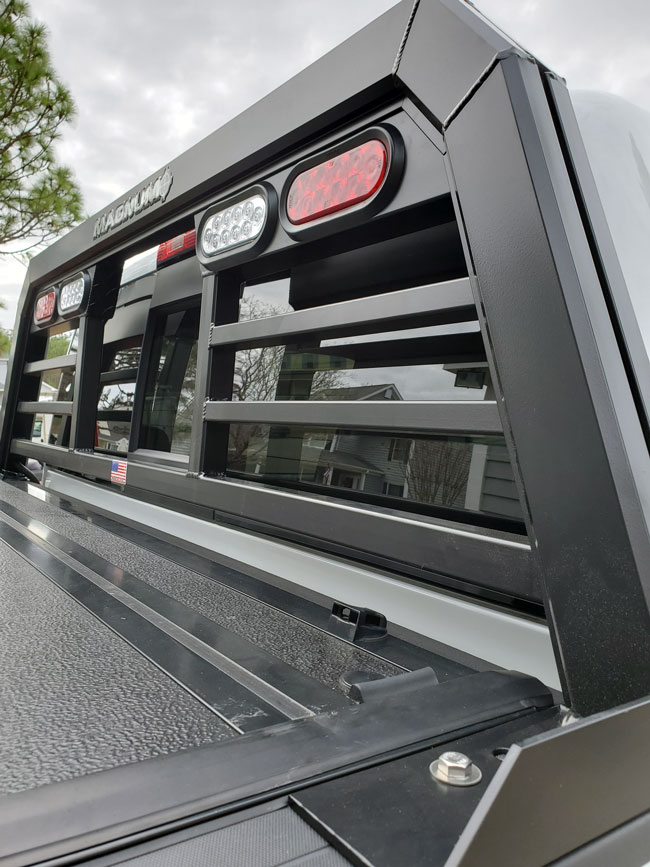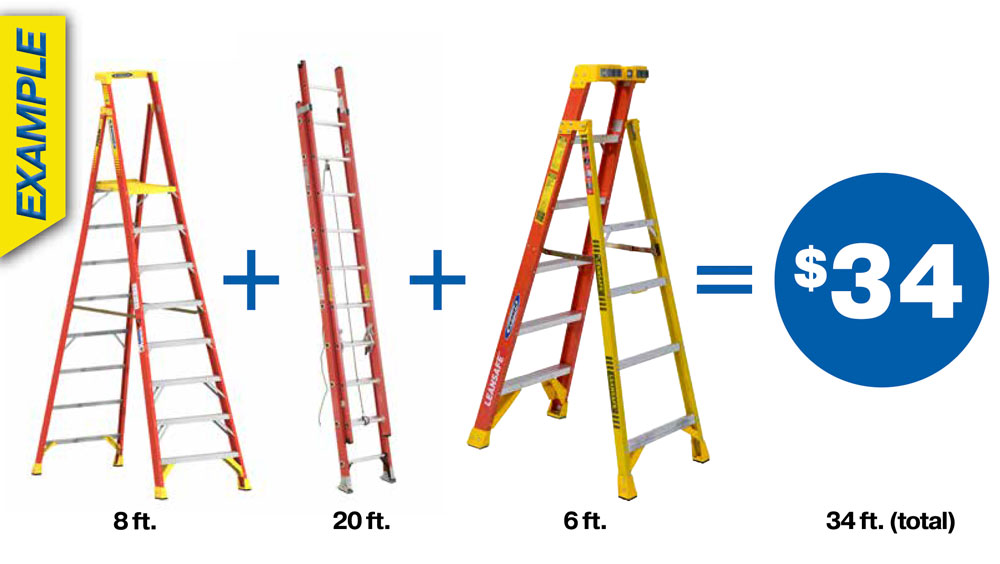More often than not, when people think of a ladder, they think of a single unit folding mechanism. A tool that enables height to get a job done. However, in actuality, a ladder is a combination of many parts and components that work seamlessly with one another to enable the single-unit feel.
Although replacing a ladder when something goes wrong may seem the easier option, fixing them is more cost-efficient. In this article, we’re looking at the several parts that make your ladder what it is, and how they work together.
STEPS
We’re starting with the steps because they are the most common, and obvious piece of the puzzle when building a ladder. The most exciting element of your steps is choosing between traditional and non-slip coatings. A common stepladder has five steps, while larger work ladders may contain up to 30 steps.
RAILS
The rails are the vertical pieces in which the steps are attached. The front rails support the majority of the weight and are thus more substantial than the rear, left, or right rails.
SHELF
When it comes to stepladders, there’s often little room for tools or other materials needed to complete a job. Enter the shelf. Also referred to as the cap, this small unit sits atop the ladder and provides a level platform to hold tools, paint, nails, and so on. Shelves lock into place to maximize stability.
EXTENSION LOCKS
Another type of ladder is known as an extension ladder. Similar to the stepladder, an extension ladder is the combination of two ladders into one. So, clearly, there is a need for securing the ladders together; that is what the extension locks provide. When the ladder is extended to the desired height, the extension locks lower over the rungs to secure the placement.
RUNGS
When climbing an extension ladder, you step on rungs instead of steps. Rungs are not as wide as steps so that the fly section can easily slide up and down.
FLY SECTION
This is the upper part of an extension ladder that slides up and down.
ROPE AND PULLEY
Without a pulling mechanism, the fly section would be unable to move up and down.
ANTI-SLIP SHOES
Like your shoes, a ladder’s footing needs protection as well. Without shoes, there would be no traction between the metal ladder and the ground or floor.
Whether in the home or on the job, a ladder is one of the most commonly used tools. Although there are various types of ladders, ladder parts are typically universal. Whether you’re in the market for a new ladder or ladder parts to repair your current one, at Nation Wide Ladder & Equipment, we have the supplies you need.
Visit us online for more information.






